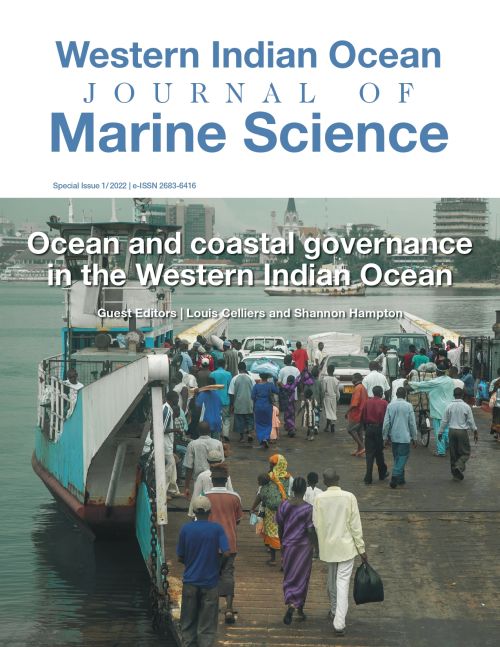Main Article Content
Understanding of Sustainable Development Goals among communities living adjacent to mangroves in Kenya
Abstract
Mangroves are among the most productive ecosystems, known for their diverse provisioning, regulating, supporting and aesthetic services. The ecosystem directly supports livelihoods and ensures food security and nutrition of people through its ecosystem services (ES) such as wood, fish and medicines while protecting them by stabilizing shorelines, reducing flooding, and mitigating climate change and natural disasters such as tsunamis. In so doing, the ecosystem promotes several sustainable development goals (SDGs) and co-benefits several others. This relationship however remains under explored with limited studies on the co-benefit scenarios and the cognitive views of mangrove resource users. This paper highlights gaps in knowledge of the role of mangroves in development and the implications on ecosystem governance. The study analysed the ‘ideal’ scenario presented in secondary data in comparison to community perspectives on mangrove-related development. Bearing in mind the complexity of the concept of sustainability, development was categorised at local, national and international levels, and community members were asked to mention any known links to mangrove ES at any of the three levels. Results indicate that 45.4 % (n=166) of the community understood the roles of mangroves in development. The majority (79.5 %) were able to link the ecosystem to local (village level) development, 43.1 % to both local and national development while only 13.5 % could link the ecosystem to local, national, and international development. Forty-three per cent (n=157) of the community did not know of the relationship between mangroves and development while 11.6 % (n=43) felt that mangroves do not contribute to development. The study further disaggregated this knowledge socio-demographically, highlighting opportunities for enhancing governance, conservation and the use of mangrove ecosystems in Kenya.






